
PREFACE
Ancient China is called “Huaxia”, with “Hua” referring to the elegance of costume and “Xia” the greatness of etiquette. The ancient costume, which is the concrete representation of Chinese civilization, has rich cultural connotation such as the ritual concept, ethics, customs and aesthetic taste of the Chinese people.
Emphasizing following traditions from as early as the Zhou and Han dynasties, and nearer the Tang and Song dynasties, the Ming costume had formed a complete set of rules of its own on the using of colors, materials, styles and patterns of dress, as well as the seasons and occasions of dressing. The sophisticated dress code, elaborate workmanship, rich implication and exquisite decorations of the Ming costume were superior to that of the costume in any previous dynasty. Furthermore, the Ming costume had a profound influence on China’s neighboring countries.
Co-organized by Shandong Museum and Confucius Museum, the exhibition “Ming: epitome of Chinese costume culture” displays a collection of Ming dress of the Duke Yansheng family, which used to be preserved in the Confucius Mansion. Owing to the family’s unique status in history, namely with the title of duke conferred by successive emperors, these pieces of dress had been able to be preserved. With rich variety, bright colors, typical fabrics and elaborate workmanship, they are important samples for the research of Ming costume. The exhibition is aimed at interpreting fine traditional Chinese culture, inspiring the public to build cultural confidence by looking back at history, and shaping the grace and displaying the style of the Chinese nation.

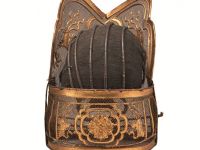

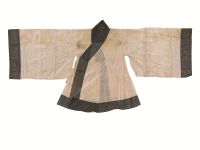
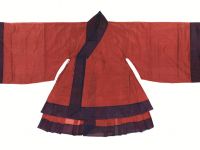
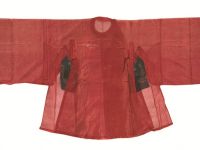

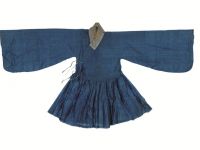
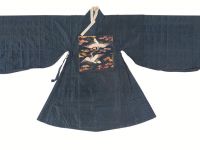
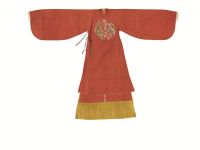

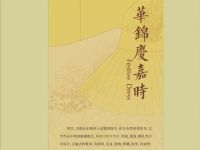

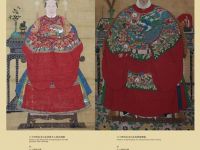

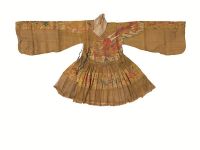

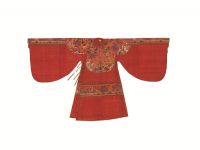
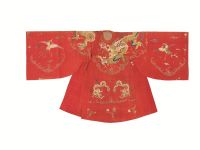

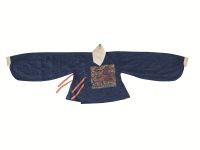


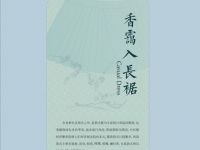

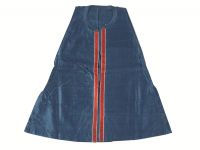

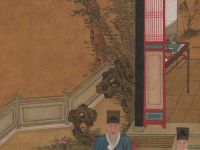

Part One: Officials’ Dress
At the beginning of the Ming Dynasty, the first emperor Zhu Yuanzhang always regarded the establishment of the costume system as an important measure to consolidate the country when he formulated the governing strategy. In the first year of his reining (1368), he issued a decree to restore the costume system of Tang Dynasty. In the third year (1370), the costume system was preliminarily formed. In the 24th year (1391), the costume system was modified on a large scale. More than a hundred years later, Emperor Jiajing and his subjects supplemented and revised the costume system again, and a hierarchical and orderly one was established. Officials’ dress in the Ming dynasty was the typical representative of “etiquette” in Ming costume culture. It inherited the basic form of clothing of the Han, Tang, Song and Yuan dynasties, and had many new connotations with the change of time, highlighting the distinction between nobility and inferiority. Officials’ dress consisted of ceremonial court dress, mourning dress, formal court dress, normal court dress, informal “Zhongjing” dress and noblewomen’s dress.
Part Two: Festive Dress
Festive dress in the Ming dynasty was used for auspicious occasions such as festival, birthday celebration, feast, wedding, etc. In a variety of styles, festive dress used bright colors, most of which were red. Its ornamentation was complicated, often using auspicious patterns or themes with profound cultural implications. It used plenty of exquisite crafts, such as brocade, weaving with gold thread, embroidery, making a perfect combination of skills and art.
Part Three: Casual Dress
Not used in ceremonial occasions, casual dress was clothing worn in daily life. With diverse styles, it played down the status and ranks of the wearer, while in pursuit of fashion. The style of casual dress in the early Ming dynasty was simple and neat. In the middle and late periods, people's aesthetic senses tended to be diverse owing to economic prosperity, and the dress styles became more and more various.






























